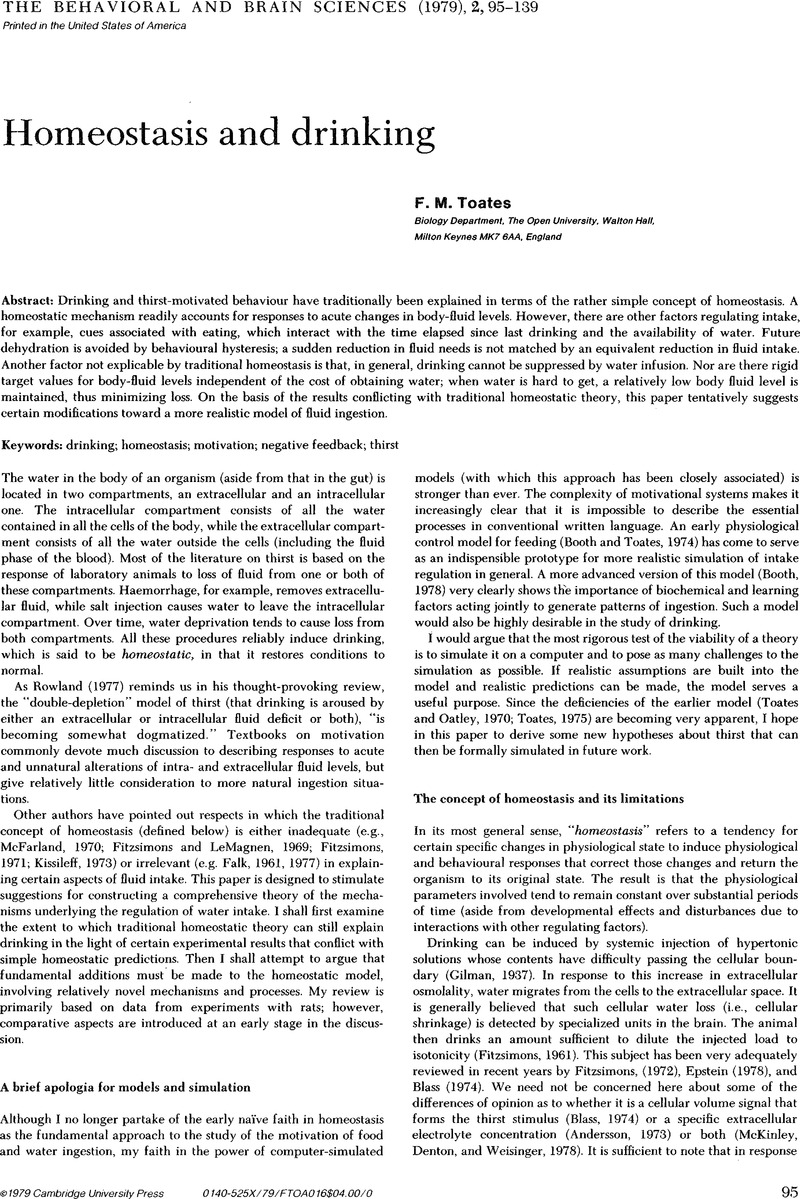Crossref Citations
This article has been cited by the following publications. This list is generated based on data provided by Crossref.
de Castro, John M.
1988.
A microregulatory analysis of spontaneous fluid intake by humans: Evidence that the amount of liquid ingested and its timing is mainly governed by feeding.
Physiology & Behavior,
Vol. 43,
Issue. 6,
p.
705.
de Castro, John M.
1989.
The interactions of fluid and food intake in the spontaneous feeding and drinking patterns of rats.
Physiology & Behavior,
Vol. 45,
Issue. 5,
p.
861.
de Castro, J. M.
1991.
Thirst.
p.
345.
Armstrong, Lawrence E.
and
Kavouras, Stavros A.
2019.
Thirst and Drinking Paradigms: Evolution from Single Factor Effects to Brainwide Dynamic Networks.
Nutrients,
Vol. 11,
Issue. 12,
p.
2864.


